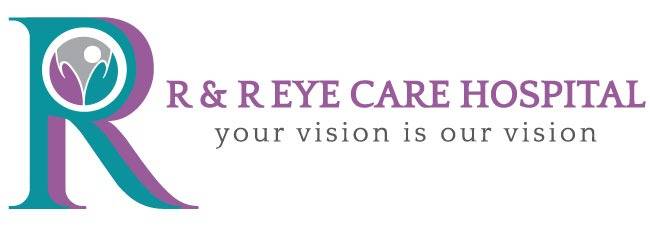Navigating the World of Pediatric Eye Care: What Parents Need to Know
Pediatric eye care is a critical aspect of a child's overall health, and it begins with understanding the importance of early and regular eye exams. From infancy to adolescence, children eyes develop rapidly, making them susceptible to conditions that could impair their vision and affect their educational and social development. This blog delves into the essentials of pediatric eye care, highlighting what parents need to know to ensure their child’s vision health.
1. Early Examinations are Crucial
Vision problems can start early in life, often without noticeable symptoms. The American Optometric Association recommends that children have their first comprehensive eye exam at six months old, again at age three, and before starting school. These early assessments ensure that any
vision problems are detected and treated promptly, preventing potential learning and developmental issues.
2. Recognizing Signs of Vision Problems
Parents should be vigilant for signs that might indicate a child is experiencing vision difficulties. These can include squinting, tilting the head to see better, sitting too close to the television, avoiding reading or close activities, frequent eye rubbing, or complaints of headaches and eye strain. Early
detection and treatment of vision issues are paramount to a child’s visual development and overall well-being.
3. The Impact of Technology on Young Eyes
In today’s digital age, children are exposed to screens more than ever before. Prolonged screen time can lead to digital eye strain, characterized by dry eyes, blurred vision, and headaches. Parents should encourage regular breaks using the 20-20-20 rule (every 20 minutes, look at something 20 feet away for 20 seconds) to help mitigate these effects.
4. Common Pediatric Eye Conditions
Several common conditions can affect children's vision, such as amblyopia (lazy eye), strabismus (crossed eyes), and refractive errors (nearsightedness, farsightedness, and astigmatism). Understanding these conditions and their potential impact on a child’s vision is vital for parents to seek appropriate care and interventions.
5. The Role of Nutrition and Eye Health
A balanced diet rich in fruits, vegetables, and omega-3 fatty acids can play a significant role in maintaining a child’s eye health. Nutrients like vitamin A, lutein, and zeaxanthin are essential for developing and maintaining healthy eyesight.
In conclusion, navigating the world of pediatric eye care is a journey that starts from infancy. Parents play a crucial role in this journey by ensuring regular eye exams, being attentive to signs of vision problems, managing screen time, understanding common eye conditions, and promoting a healthy diet. With proactive and informed eye care practices, parents can help safeguard their children’s vision, setting the foundation for a lifetime of healthy eyesight.




Leave A Comment